Professional industry ceramic supplier, silicon nitride, silicon carbide, aluminum nitride and any other kinds of ceramics.
Boron Carbide BC4
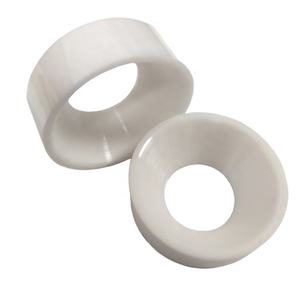
Boron Carbide B4c Blast Nozzle for Cleaning/Sandblasting Machine

Boron Carbide Sandblaster Nozzle Blast Gun Nozzle B4c Nozzle Blasting Parts
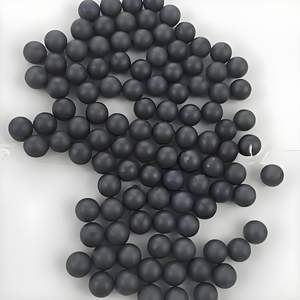
Cleaning Equipment Part Carbide Sandblasting Nozzle Sandblasting Boron Carbide

Boron Carbide Light Wight Nozzles Single Inset Nozzle
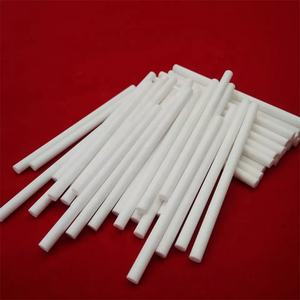
Vertical Type of Boron Carbide Nozzle (SBCN-using with blast hose)
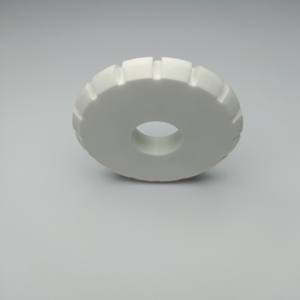
Longer Working Life Sandblasting Boron Carbide B4c Nozzle with Competitive

Wearable Sandblasting Cleaning Boron Carbide B4c Nozzle

Sand Blasting Boron Carbide B4c Insert Nozzle with Competitive Factory
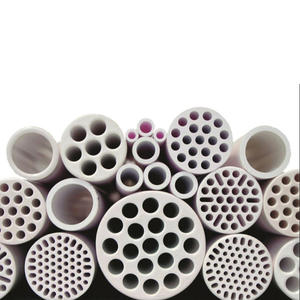
Sand Blasting Nozzle Boron Carbide Nozzle$38.60-69.90min. Order: 2 Pieces
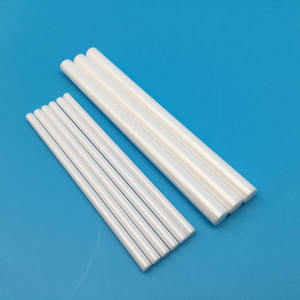
Boron Carbide Usvc lasting Nozzles Single Inlet Nozzle
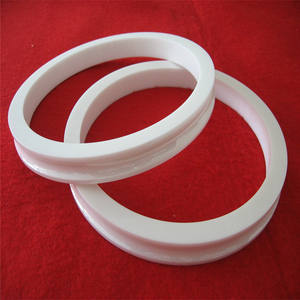
Quality Boron Carbide Nozzle Designed for Use with Blast Hose

Boron Carbide Sandblasting Nozzle Air Sandblaster Tip Sandblasting Cabinet Tool
Overview of Boron Carbide Ceramic
Boron Carbide (B₄C) Ceramic is a pinnacle of advanced engineering, renowned as one of the hardest known materials, ranking third behind diamond and cubic boron nitride. This exceptional hardness, combined with low density and outstanding neutron absorption capabilities, makes it the material of choice for the most demanding armor, abrasive, and nuclear applications where extreme wear resistance and lightweight performance are critical.
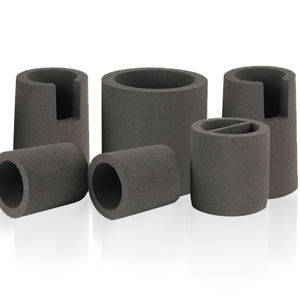
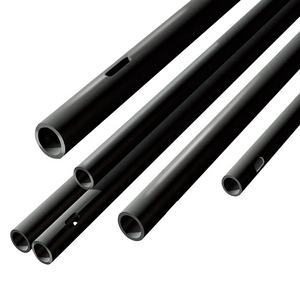
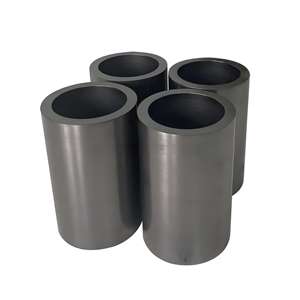
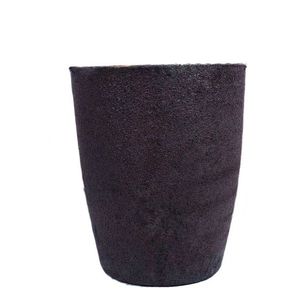
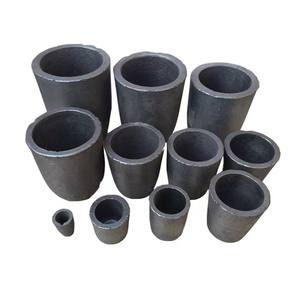
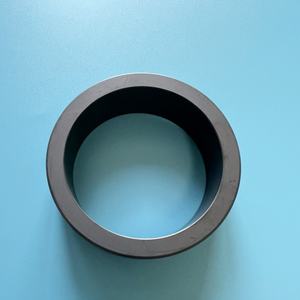

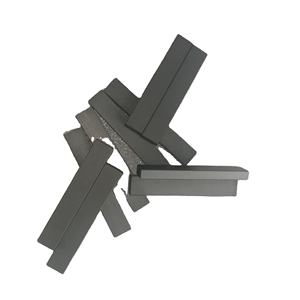
Features of Boron Carbide Ceramic
- Extreme Hardness & Lightweight: Offers an unparalleled combination of extreme hardness (≈30 GPa) and low density (2.52 g/cm³), providing superior ballistic mass efficiency.
- Outstanding Wear & Abrasion Resistance: Ideal for abrasive slurries, blasting nozzles, and cutting tools, significantly outperforming traditional materials like tungsten carbide.
- High Neutron Absorption Cross-Section: Effectively absorbs neutrons without forming long-lived radionuclides, making it indispensable for nuclear reactor control rods, shields, and shutdown pellets.
- Exceptional Chemical Inertness: Highly resistant to acids and alkalis, ensuring long-term stability in corrosive environments.
- High-Temperature Thermoelectric Properties: Functions as a high-temperature semiconductor, suitable for specialized energy conversion applications.
Applications of Boron Carbide Ceramic
- Armor Systems: Primary choice for lightweight, high-performance body armor plates and vehicle armor.
- Abrasive & Blasting: Nozzles for sandblasting, slurry pumps, and abrasive waterjet cutting components.
- Nuclear Industry: Control rods, neutron absorber pellets, and shielding blocks in nuclear power plants and research reactors.
- Industrial Wear Parts: Seal faces, bearing liners, and cutting tool inserts for severe service conditions.
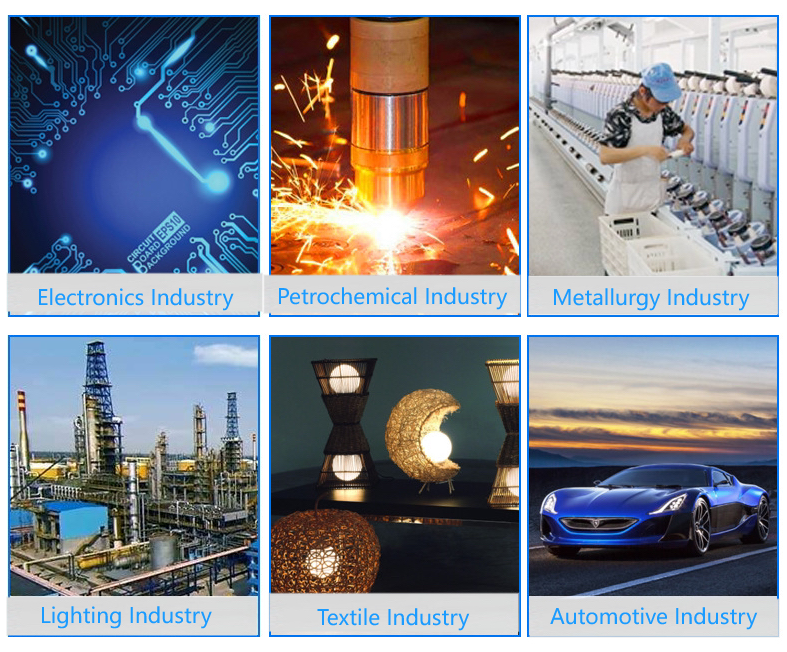
Specification Table of Boron Carbide Ceramic
| Property | Unit | Typical Value |
|---|---|---|
| Density | g/cm³ | 2.50 - 2.52 |
| Hardness (Knoop 100g) | GPa | 28 - 35 |
| Flexural Strength | MPa | 300 - 500 |
| Fracture Toughness | MPa·m¹/² | 2.5 - 3.5 |
| Elastic Modulus | GPa | 440 - 470 |
| Thermal Conductivity | W/m·K | 30 - 40 |
| Neutron Absorption Cross-Section (¹⁰B) | barns | ~600 |
Company Profile
Tanki New Materials Co.Ltd. focus on the research and development, production and sales of ceramic products, serving the electronics, ceramics, chemical and other industries. Since its establishment in 2015, the company has been committed to providing customers with the best products and services, and has become a leader in the industry through continuous technological innovation and strict quality management.
Our products includes but not limited to Aerogel, Aluminum Nitride, Aluminum Oxide, Boron Carbide, Boron Nitride, Ceramic Crucible, Ceramic Fiber, Quartz Product, Refractory Material, Silicon Carbide, Silicon Nitride, ect. please feel free to contact us.
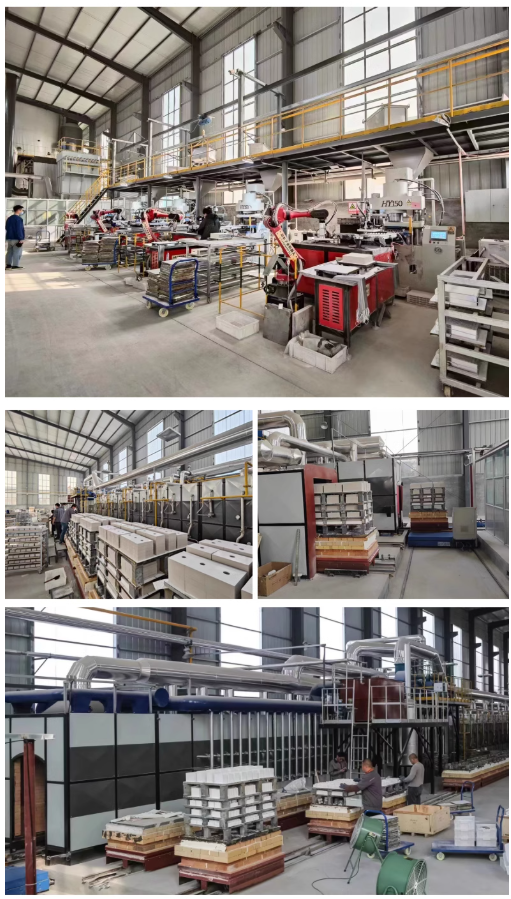
Payment Methods
T/T, Western Union, Paypal, Credit Card etc.
Shipment Methods
By air, by sea, by express, as customers request.
5 FAQs of Boron Carbide Ceramic
1. Is Boron Carbide the hardest ceramic?
It is one of the hardest, typically ranked as the third-hardest material after diamond and cubic boron nitride. Its hardness surpasses that of silicon carbide and alumina.
2. What is its primary limitation?
Its main limitation is relatively low fracture toughness compared to other engineering ceramics, making it susceptible to impact fracture in some structural applications. It is often used in composite forms to mitigate this.
3. Why is it preferred for body armor?
Its combination of extreme hardness and very low density provides the highest level of ballistic protection for a given weight, making armor plates both effective and lightweight for personnel.
4. Can it be easily machined into complex shapes?
No. Due to its extreme hardness, it can only be machined using diamond grinding tools and is typically formed into near-net shapes during the sintering process. Complex machining is difficult and expensive.
5. How does it perform at high temperatures?
It maintains its hardness and strength at high temperatures (up to 1500°C in inert atmospheres). However, in an oxidizing atmosphere, it begins to oxidize significantly above 500°C.
